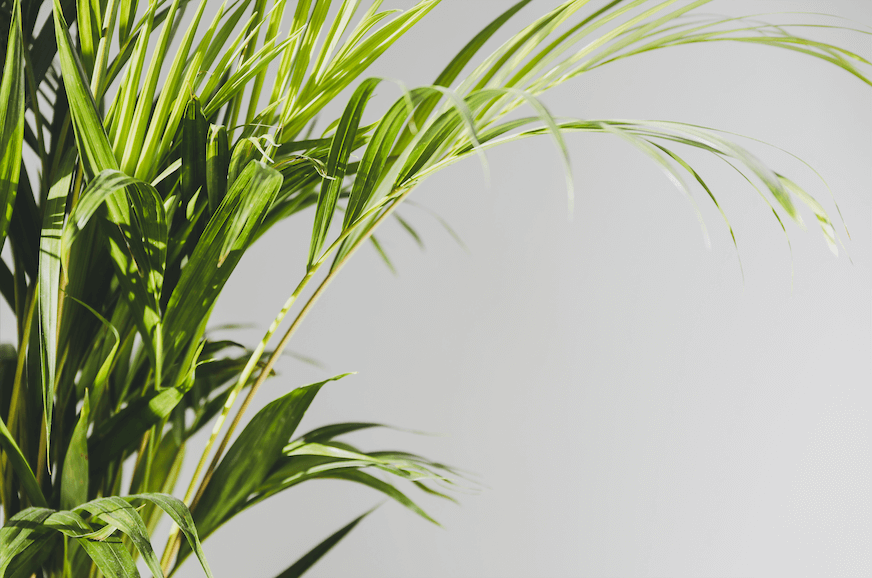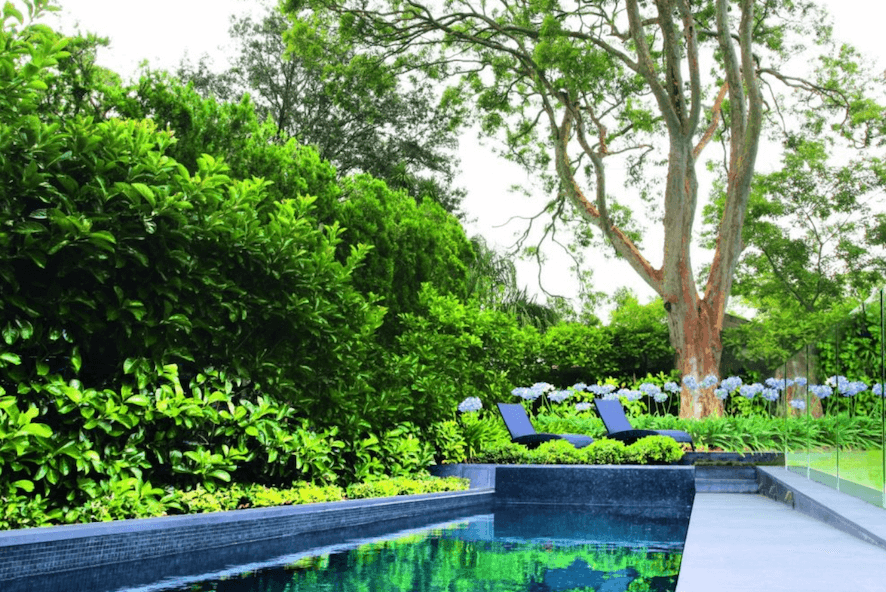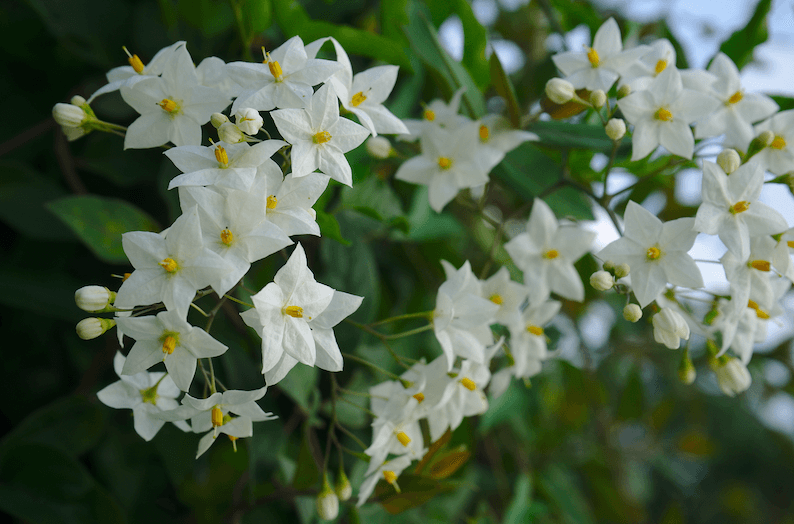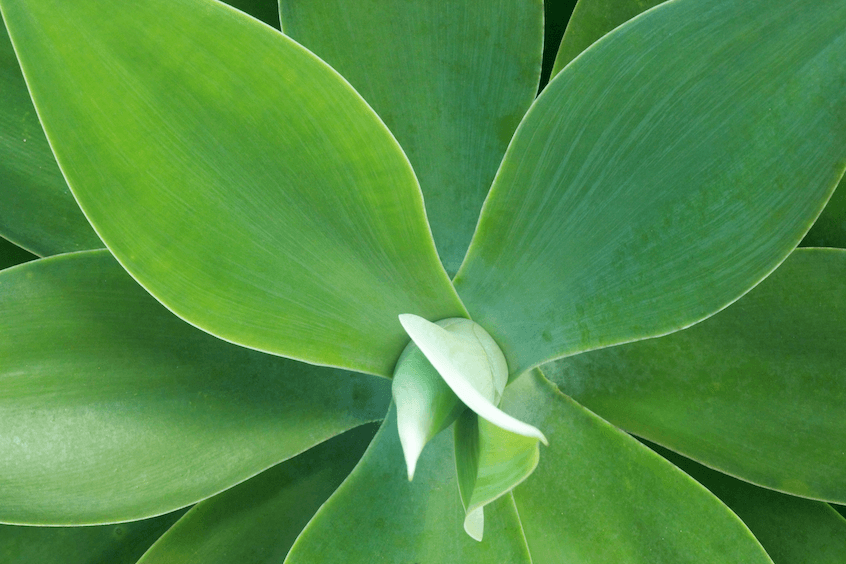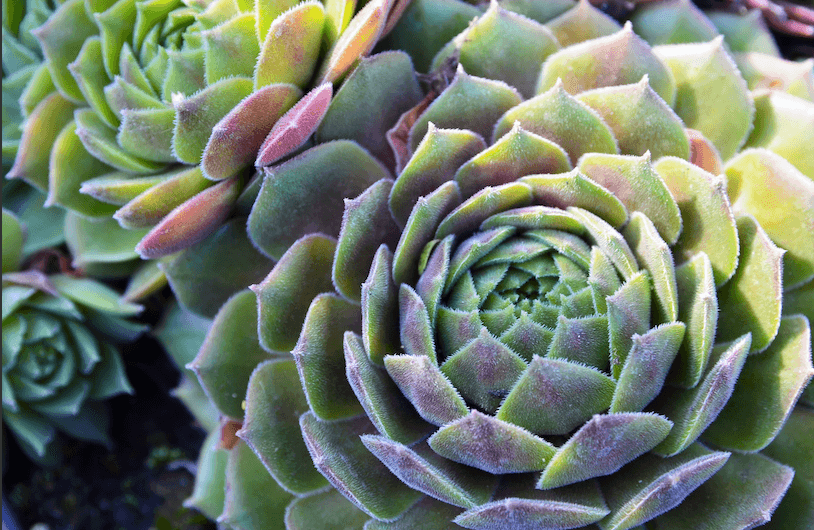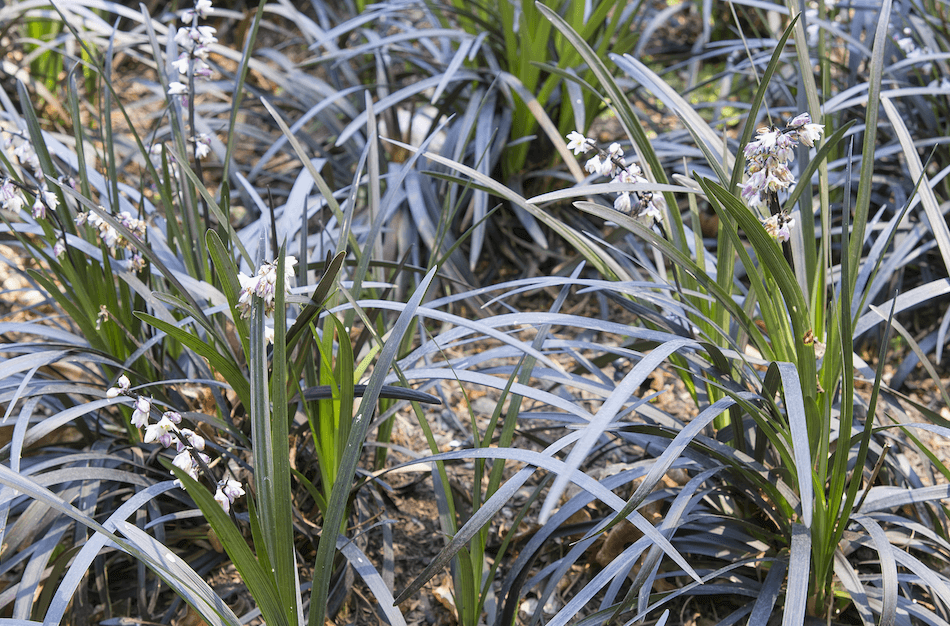The Top 7 Plants to Elevate Your Poolside Atmosphere
If you were to fly over Perth on a clear day, you would marvel at the number of swimming pools sprinkled throughout the city and its surrounding suburbs. With its Mediterranean climate hot, dry, sunny summers; Perth might be one of the best places in the world to own a pool.
With swimming pools continuing to grow in popularity in Perth, more owners are interested in finding the best plants to complement a pool setting.
Leaving the areas around a pool undecorated does nothing to enhance the atmosphere of the swimming space or add value to your property. Alternatively, surrounding your pool or spa with thoughtfully chosen greenery creates a tranquil, inviting environment that promotes peace, relaxation, and enjoyment.
Make Your Gardening and Landscaping Dreams a Reality Today!
Contact Today Our skilled Experts
We compiled this guide to choosing the best plants to surround your pool to help you create a true poolside oasis.
What Plants Should I Avoid Planting By My Pool?
As wonderful as it sounds to transform your pool area into an oasis, pool environments are notoriously harsh on plants. With intensified sunlight from the reflective surface of the water, chlorine, chemicals, and higher humidity, some plants just aren’t suited to the poolside environment.
So before we get into the best greenery to plant by your pool, let’s look at species to avoid planting next to your pool.
Messy Plants
One of the top concerns we hear about is plant debris around pools. It is generally best to avoid plants that shed leaves and twigs year-round. Falling twigs, debris, and leaves can cost you hours of time sweeping up the areas surrounding your pool, cleaning, and unclogging your filter.
Some of the messiest poolside plants include:
- Illawarra flame trees
- Jacarandas
- Silky oaks
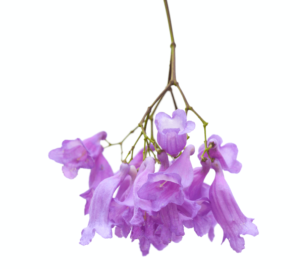
Additional tips for avoiding plant debris in and around your pool include:
- Avoid deciduous trees (although in Perth, even deciduous trees hang onto their foliage well into winter when it is doubtful your pool will be in use anyway)
- Avoid trees with spines or cones
- Keep any low growing plants at least 6 to 8 feet from the edge of the pool
- Choose succulent plants such as yucca, aloe, or agave that are easy to grow in full sun and produce minimal debris
- Choose species with larger leaves as these will be less of a nuisance to deal with than small leaves
Plants With Extensive Roots
Certain trees may look beautiful surrounding a pool, but their sprawling, extensive root systems can cause significant damage to underground pipes, the pool shell, and paving.
To be safe, consider avoiding the following trees:
- Evergreen alders
- Willows
- Umbrella trees
- Bamboo
- Robinias
- Ficus trees
- Weeping figs
- Rubber trees
If you insist on planting a tree with a serious root system, considering planting it in a large pot, this will contain the root system and protect the surrounding areas.
Poolside pots are wonderful for managing plants, allowing you to mix several interesting textures and colours in one place.
Choose sun-loving, drought-tolerant plants for your pots and be sure to water frequently since containers tend to dry out faster than garden beds.
Does Chlorinated Water Harm Plants?
Is it okay if chlorinated water splashes on my plants? We hear this question often and, fortunately, it usually is not a problem if plants get splashed with a bit of chlorinated water.
However, no plant is 100% suited to being splashed heavily by chlorinated water.
Also, it is essential to avoid planting any plants that require dry conditions too close to the pool.
Top 7 Species to Plant Around Your Pool
Now that we have gone through some of the different dos and Donts of poolside plants lets take a look at our top 7 favourite species to plant around the pool.
-
-
Frangipani
 This tree is ideal for creating a luxurious, inviting poolside atmosphere. Its large leaves minimise potential issues with the filtration system and make for easier cleanup.
This tree is ideal for creating a luxurious, inviting poolside atmosphere. Its large leaves minimise potential issues with the filtration system and make for easier cleanup.With a compact, non-invasive root system, Frangipani trees are ideal for planting next to buildings, pipes, narrow beds, or paved areas.
Quick facts about the Frangipani tree:
- Deciduous or semi-evergreen tree or shrub
- Grows up to 9m tall and 5m wide
- Requires full sun
- Best planted between spring and autumn
- Flowers from summer through autumn
- Suitable for growing in pots
- Its flowers are a popular choice for leis in Hawaii
- It has a beautiful aroma
-
How to care for Frangipani trees:
To keep your Frangipani trees healthy, they will need:
-
- Full sunshine
- Well draining soil
- Space between the trunk and mulch (they are prone to fungal decay, especially in cold, wet weather)
- Regular watering (be careful not to saturate the soil and allow the soil to dry completely in between waterings)
-
Golden Cane Palm

Planting a golden cane palm in a huge pot is an instant way to transform your pool’s landscape and vibe completely. It can offer you immediate privacy while imparting a fun, tropical feel to your surroundings.
Most are fairly clean plants with minimal to no leaf shedding. Their root systems are generally thin and fibrous, meaning they are typically a trouble-free option by the pool.
In addition to looking fabulous when cluster planted, they seem to grow even better when multiple palms are planted near each other.
Golden cane palm quick facts:
-
- Easy to care for and grow
- Non-invasive root system
- Also known as the areca palm
- An especially great option if you have an indoor pool area as it is one of the best air purifiers and also does well in a variety of settings
- Can handle settings with lower light exposure
How to care for golden cane palms:
To keep your golden cane palm healthy; it is important to remember the following considerations:
- Do not plant in an area with excessive sunshine as this may fry the leaves — it prefers bright, yet indirect sunlight. Yellowing leaves are a sign it is receiving too much direct sun.
- If you wish to avoid falling fruits, prune off the flower spikes as they emerge
- Water regularly, but do not allow it to sit in water
- Protect if temperatures fall below 15 degrees C
-
-
Viburnum Suspensum

This deep green, slow-growing hedge provides a beautiful solid backdrop to any pool setting. Vigorous, hardy, and easy to care for, Viburnum suspensum makes a lovely, low-maintenance addition to your poolside.
Viburnum suspensum quick facts:
- Grows 2 to 4 metres feet high
- Creates year-round interest
- Produces light pink flowers in spring
- Resistant to deer, insects, disease, mildew, drought, and heat
How to care for Viburnum suspensum:
- Keep soil well-drained
- Prefers sunshine, but can also handle filtered sun or morning sun with evening shade
- Prune as necessary to maintain preferred shape
-
Star Jasmine

Star jasmine is one of the most versatile plants to use poolside. With its shiny, dark green leaves and fragrant white flowers, it makes a stunning addition to your poolside settings.
It can be grown in or out of pots and will tolerate sun or shade.
Star jasmine quick facts:
- Grows 1 to 2 metres tall
- Blooms in spring
- Low maintenance
- Tolerates a variety of soils
- Disease and pest hardy
How do I care for star jasmine?
Star jasmine is relatively low maintenance and easy to care for. However, there are a couple of considerations to keep in mind:
- Prune any upward shoots to maintain an even height (only prune once-blooming is completed for the year)
- Star jasmines love water, so it is important to keep the soil slightly moist at all times (more frequent waterings may be needed during the blooming season)
-
Agave Attenuate

If we had to pick an absolute favourite among our recommendations for the best poolside plants, it would definitely be the agave plant!
This tolerant plant performs well poolside and adds a unique, bold look to poolside surroundings, especially when paired with other succulents such as low-growing sedums.
These extremely drought-resistant plants are easy to care for, do not shed leaves, and tolerate heat well.
Agave attenuate quick facts:
- Low maintenance
- Depending on the variety, may reach heights up to 5 feet
How to care for agave attenuate:
- Does best in full sun to part shade
- Any well-draining soil is acceptable, but they prefer sandy or rocky soils
-
Echeveria Elegans

This lavish succulent feels like a mix of felt and velvet and makes a great accent in poolside settings. Like most succulents, it is low maintenance, low mess, and makes a great addition to a pool’s atmosphere.
Echeveria elegans quick facts:
- Beautiful, slightly pink leaves with small pink flowers with subtle hints of yellow
- Grows up to 8 inches tall
- Also known as “Mexican snowball.”
- Was believed to drive away evil spirits in ancient times
- Drought tolerant
How do I care for Echeveria elegans?
This easy-to-care-for plant has just a few considerations to keep in mind:
- Watering is not a major requirement, but watch for leaves that appear thinner or have spots as these are indicators that it needs more water
- Requires full sun to partial sun
- Grows best in soil with good drainage
-
Mondo Grass

Mondo Grass is a durable, tough plant that requires minimal effort to keep looking great. It is often used to line flower beds and is a great way to add lower-level dimension to the surrounding greenery.
Mondo grass quick facts:
- Low maintenance
- Drought resistant
- Mondo grass grows well in both containers or garden beds
- Several varieties exist, with Ophiopogon Japonicus being the most common
- Averages 6 to 10 inches tall but can grow as high as 12 inches
How to care for Mondo grass
Mondo grass is incredibly easy to grow, but there are a few considerations to keep in mind:
- It tolerates a variety of light conditions — even shade! — but partial shade is ideal
- If planting in full sun, it will require more frequent waterings
- Slightly acidic soil is ideal
How To Care For Poolside Plants
It is important to care for your poolside plants, especially new plants, regularly. As they get established, new plants require extra attention and care, including:
- Plenty of water
- Mulch around smaller plants and seedlings to help protect them against the sun (be careful to leave some space around the trunk to prevent rot)
- A light shade cloth if plants are in full sun
- Fertilise as needed
Special Considerations for Salt Water Swimming Pools
If you have a saltwater swimming pool, a good trick is to look for plants that have silvery, furry, or waxy leaves. These will usually thrive next to a saltwater pool.
Examples of plants that do not mind a salty splash now and then include:
- Agaves
- Aloe
- Bromeliads
- Cycads
- Yucca Plants
- Pigface
- Coastal banksia
- Palms
- Echiums
Final thoughts
We hope our guide to the best poolside plants helps you start planning the pool of your dreams. If you need additional guidance on setting up your personal poolside oasis, our team of skilled experts at Alessio’s Gardens are here to help with anything you need.

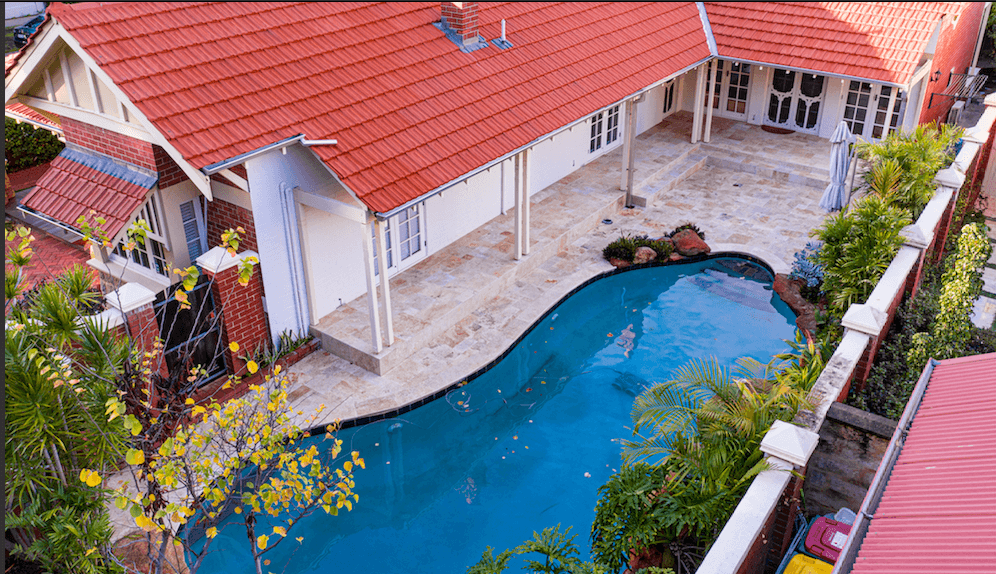
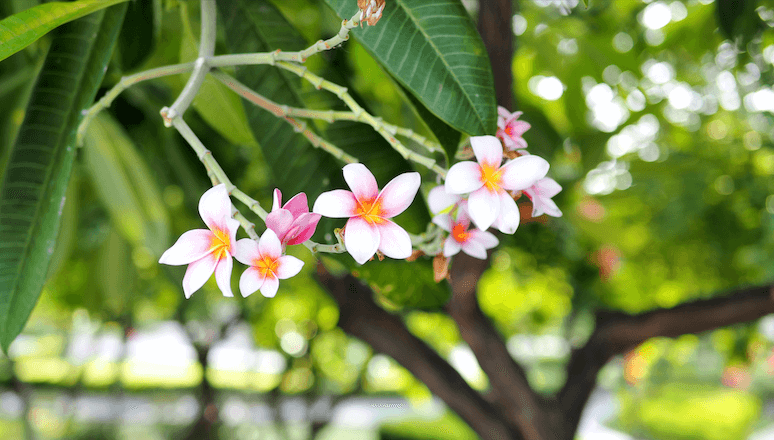 This tree is ideal for creating a luxurious, inviting poolside atmosphere. Its large leaves minimise potential issues with the filtration system and make for easier cleanup.
This tree is ideal for creating a luxurious, inviting poolside atmosphere. Its large leaves minimise potential issues with the filtration system and make for easier cleanup.